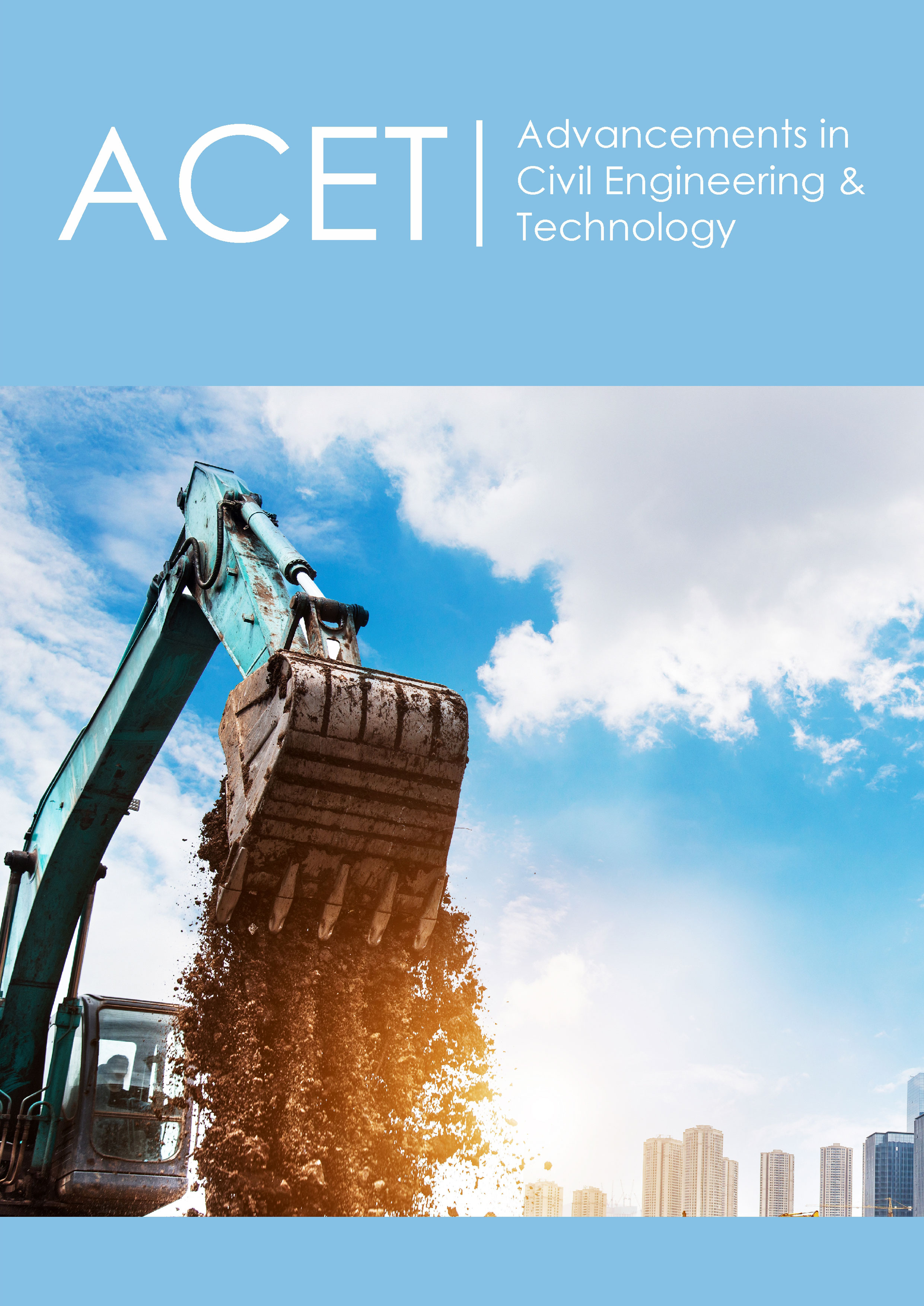- Submissions

Abstract
Advancements in Civil Engineering & Technology
Transforming Agricultural Residues into Construction Materials: A Sustainable Path Forward
-
Open or CloseDaud Khan1, Zeenat Khan2* and Dilawar Khan3
1Department of Civil Engineering, Capital University of Science & Technology, Pakistan
2Department of Bioinformatics and Biosciences, Capital University of Science & Technology, Pakistan
3Department of Electrical Engineering, Capital University of Science & Technology, Pakistan
*Corresponding author:Zeenat Khan, Department of Bioinformatics and Biosciences, Capital University of Science & Technology, Islamabad, Pakistan
Submission: May 12, 2025;Published: May 30, 2025

ISSN : 2639-0574Volume6 Issue 5
Abstract
Amid growing environmental concerns and the need for sustainable construction, agro-waste materials present a promising alternative to conventional building resources like cement and steel. This study explores the use of agricultural residues such as rice husk ash, sugarcane bagasse, coconut shells and natural fibers in producing eco-friendly construction components including green concrete, bricks, insulation, particleboards and bio-based plastics. These materials offer benefits like reduced density, improved thermal insulation and sufficient structural performance, while treatments such as alkali washing enhance durability and fire resistance. Artificial Intelligence (AI) further supports this innovation by enabling predictive modelling, life cycle analysis and supply chain optimization. However, challenges persist, including material inconsistency, limited standardization and durability concerns. The study recommends future research on flammability reduction, fungal resistance, and thermodynamic behavior to enhance performance and market readiness. Overall, agro-waste integration in construction contributes to environmental conservation, resource efficiency, and alignment with global sustainability goals.
Keywords:Agro-waste materials; Sustainable construction; Green concrete; Thermal insulation; Artificial intelligence
HighlightsA. Agro-waste such as rice husk ash and bagasse is a viable alternative to traditional construction
materials.
B. These materials improve thermal insulation, reduce material density, and support eco-friendly
design.
C. AI enhances material optimization, life cycle analysis, and market integration of agro-wastebased
components.
D. Challenges include inconsistent material performance, flammability, and lack of standardized
processing.
E. Future directions suggest combining waste types, improving treatments, and expanding
durability studies.
 a Creative Commons Attribution 4.0 International License. Based on a work at www.crimsonpublishers.com.
Best viewed in
a Creative Commons Attribution 4.0 International License. Based on a work at www.crimsonpublishers.com.
Best viewed in 







.jpg)






























 Editorial Board Registrations
Editorial Board Registrations Submit your Article
Submit your Article Refer a Friend
Refer a Friend Advertise With Us
Advertise With Us
.jpg)






.jpg)














.bmp)
.jpg)
.png)
.jpg)










.jpg)






.png)

.png)



.png)






